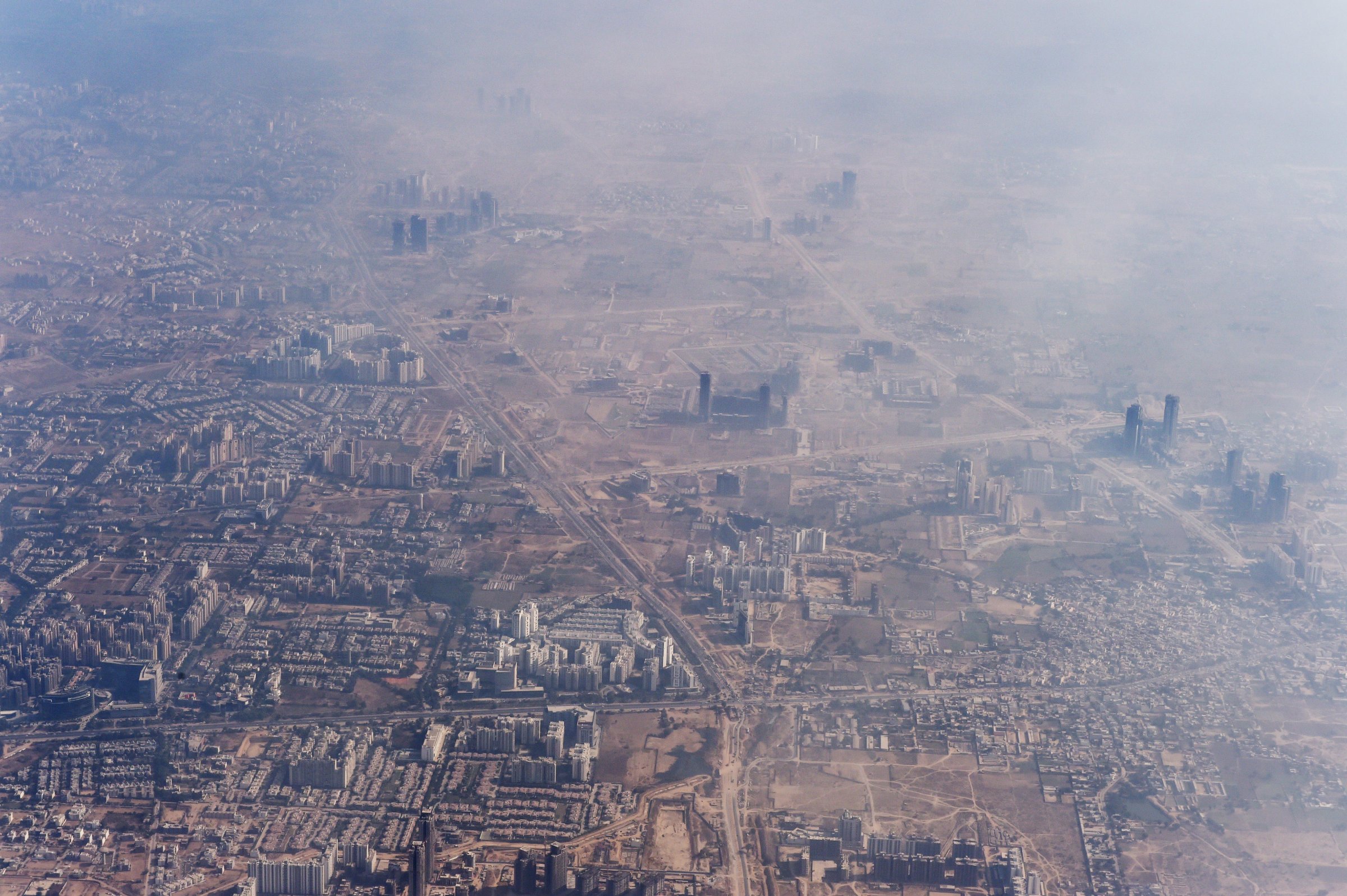
New Delhi has already been ranked the world’s worst polluted city by the World Health Organization, but a new study by U.S. and Indian scientists shows that the city’s air quality is far worse than previously thought.
American scientist Joshua Apte, working with partners from the University of California, Berkeley and Delhi’s Indian Institute of Technology, roamed the streets of the Indian capital in an autorickshaw laden with air pollution monitors. He found that average pollution levels were up to eight times higher on city roads, the Associated Press reports.
Apte compared the readings from his road trips to readings at urban background sites, which he says are already extremely high. The levels of PM 2.5, the particle known to be most harmful to human health, were found to be 50 percent higher on Delhi’s roads during rush hour than during ambient air quality readings. Black carbon, a major pollutant, was found to be three times higher.
“Official air quality monitors tend to be located away from roads, on top of buildings, and that’s not where most people spend most of their time,” Apte said. “In fact, most people spend a lot of time in traffic in India. Sometimes one, two, three hours a day.”
India is the third largest polluting country in the world, after the United States and China — who both signed a major bilateral climate deal in Beijing earlier this month.
Its rapidly growing vehicle numbers, expected to hit 400 million by 2030, are posing a major threat that the government is well aware of.
Several steps have been taken to reduce the number of Indian automobiles running on diesel, and the country’s National Green Tribunal also announced on Thursday that it would ban any vehicles older than 15 years from New Delhi’s roads.
But far more drastic measures will be required to make a meaningful dent in Delhi’s air pollution levels, which, according to the latest WHO Ambient Air Pollution Database, are at just under 300 micrograms per cubic meter. The world’s second most polluted city, Karachi, clocks in at a little over 250, while the major Chinese cities of Beijing and Shanghai, internationally notorious for their pollution, clock in a relatively fresh 120 and 80 respectively.
More Must-Reads From TIME
- The 100 Most Influential People of 2024
- Coco Gauff Is Playing for Herself Now
- Scenes From Pro-Palestinian Encampments Across U.S. Universities
- 6 Compliments That Land Every Time
- If You're Dating Right Now , You're Brave: Column
- The AI That Could Heal a Divided Internet
- Fallout Is a Brilliant Model for the Future of Video Game Adaptations
- Want Weekly Recs on What to Watch, Read, and More? Sign Up for Worth Your Time
Write to Rishi Iyengar at rishi.iyengar@timeasia.com